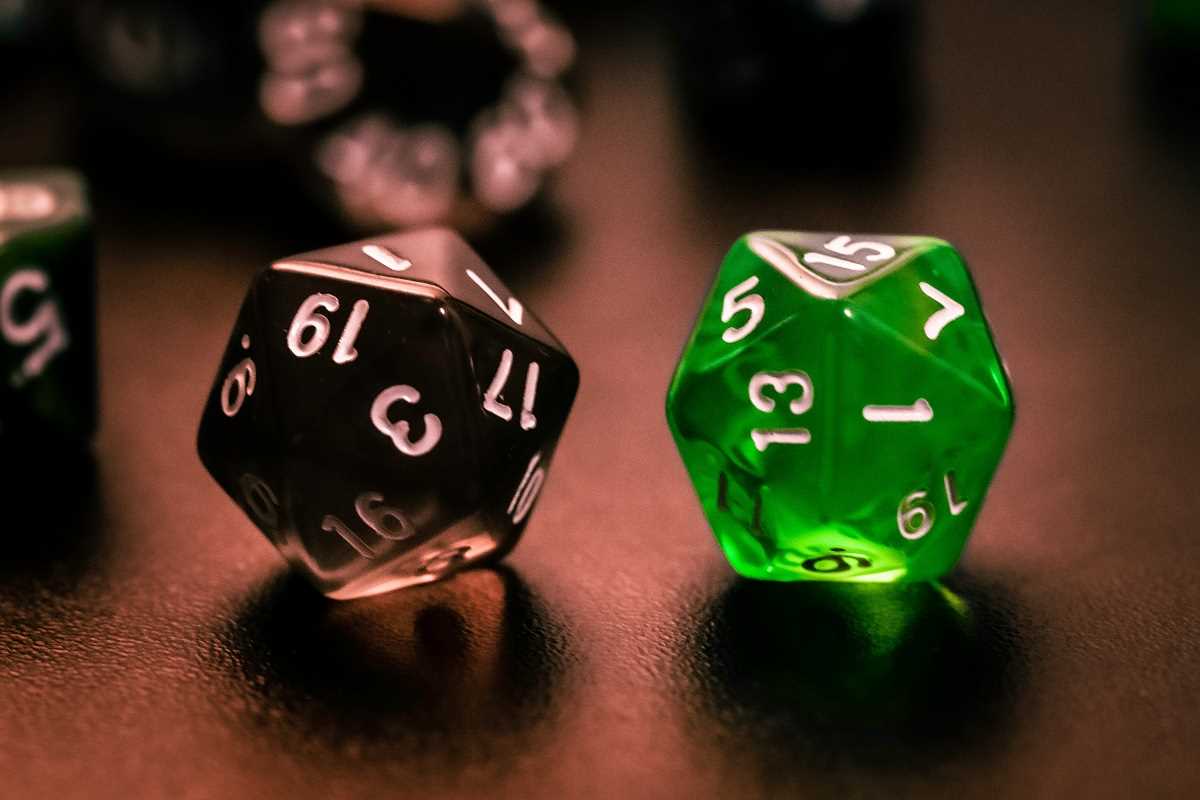Imagine stepping into a world where you’re not just a spectator but a hero, villain, or maybe a misunderstood bard trying to make it through the chaos. Welcome to Dungeons & Dragons (D&D), a role-playing game (RPG) that has captured the imaginations of countless adventurers since the 1970s.
Whether you’ve heard whispers that it’s “too complicated” or have no clue what it is beyond fantastical dice and nerdy hype, this guide has you covered. By the end, you’ll know exactly what D&D is, why it’s not as intimidating as some might think, and how you can jump into your first epic campaign.
Grab your imaginations (and maybe a notebook), and let’s roll for initiative.
What is Dungeons & Dragons?
At its core, Dungeons & Dragons is a collaborative storytelling game set in a fantasy world. Think of it as a mix of improv theater, strategy, and a board game (minus the actual board). Instead of following a rigid script, players make decisions that shape the story, often with unpredictable and hilarious outcomes thanks to dice rolls that determine success or failure.
Each game is run by a Dungeon Master (DM), the narrator who sets the stage and manages the world, characters, and challenges. The other players create and control their own unique characters, from brave warriors to sneaky rogues, all working together (usually) to achieve shared goals. The beauty of D&D lies in its flexibility; no two games are alike, and the story is only limited by the imagination of the group.
Common Misconceptions about D&D
If you didn’t grow up tossing dice at a table with snacks and far too much laughter, you might have some preconceived notions about what D&D is. Time to dispel the myths.
1. It’s Only for Hardcore Nerds
Yes, D&D players have historically been stereotyped as socially awkward types holed up in basements. But today, the game is more mainstream than ever. From high-profile players like Joe Manganiello to TV shows like Stranger Things, D&D has been embraced by people of all walks of life. It’s played by anyone who enjoys storytelling, creativity, and camaraderie.
2. It’s Overly Complicated
At first glance, D&D manuals and rulebooks can look a bit overwhelming. But you don’t need to memorize every rule or spell detail to play. Beginners can ease into the game with guidance from experienced players or simplified starter sets, where most of the heavy lifting is already done for you.
3. It’s All Fighting and Dice Rolls
Combat is a big part of D&D, but the heart of the game lies in the story and characters. It’s just as much about outsmarting foes, sneaking past danger, or making questionable choices (like befriending a troll) as it is about slaying dragons. Some campaigns even avoid combat altogether, focusing instead on exploration, puzzles, or diplomacy.
How It’s Played
To the uninitiated, D&D can feel like a mystery wrapped inside a pile of 20-sided dice. But don’t worry—we’ll break it down step by step.
1. The Dungeon Master (DM): The Keeper of Chaos
The DM is the backbone of the game, acting as the storyteller and referee. They create (or follow a pre-written) world filled with quests, monsters, and unpredictable encounters. Think of the DM as part narrator and part puppet master, shaping the environment while responding to the players’ choices.
The DM describes what’s happening in the game world. For example, “You enter a dimly lit tavern. A suspicious-looking dwarf glares at you from across the room.” Then it’s up to the players to decide their next move. Try to start a fight? Insult the dwarf? Ignore him and order beer? The DM adjusts the story accordingly.
2. The Players and Their Characters
Each player creates their own character to embody throughout the game. This isn’t just a piece on a game board; it’s a role you’ll breathe life into through decisions, dialogue, and sometimes comically bad ideas.
Players use a character sheet to track abilities, skills, and health, among other things. A key step in preparation for the game is choosing your character’s Race (e.g., human, elf, dwarf) and Class (e.g., fighter, wizard, bard). These determine the character’s abilities and strengths in the adventure.
3. Rolling the Dice
Why are there so many dice? Because D&D evokes a bit of randomness and luck to keep things interesting. Dice rolls decide the outcome of actions, from negotiating peace with a bandit leader to trying to climb a cliff without falling.
The 20-sided die (d20) is the game’s star, used to calculate most actions. Roll high, and you’ll likely succeed. Roll low, and, well…something hilarious and disastrous might happen.
An example? Imagine a character trying to leap across a gap. The player announces, “I’ll jump to the other side!” and rolls a d20. A high roll means they stick the landing gracefully. A low roll might mean they miss the jump entirely and go plummeting into a pit. Chaos and laughter ensue.
4. Combat (When Talking Fails)
Some challenges boil down to good old-fashioned fights. Combat in D&D is turn-based, meaning each player takes a turn to attack, cast spells, or strategize. It’s not just about brute strength; teamwork and creativity can turn the tide in battle.
For instance, you might use a rogue’s sneaky abilities to distract the enemy while your spellcaster pelts them with fireballs. Or maybe you’ll try reasoning with the ogre instead of bashing it with your mace. The choice is always yours.
5. Storytelling Drives Everything
At its heart, D&D is an evolving story shared by everyone at the table. The DM sets up the plot (like hunting down a stolen artifact), but the players’ choices influence how that story unfolds. Instead of rigidly following a script, D&D thrives on improvisation and unexpected twists.
For example, while investigating the theft, one player might decide to bribe a guard for information, while another attempts to break into a suspect’s home. Every choice triggers new challenges and consequences, keeping the game fluid and spontaneous.
Getting Started as a Beginner
Excited to start your adventure? Here’s how to take your first steps into the world of D&D.
- Find a Group: Look for friends who already play or join an online community like Discord or Roll20 to connect with players. Many hobby shops or game stores host beginner-friendly sessions.
- Grab a Starter Set: The easiest way to jump in is with an official starter set, like Dragon of Icespire Peak. These kits include pre-made characters, dice, and an adventure that’s ready to play.
- Learn as You Play: Don’t stress about memorizing the rules. The DM and experienced players will help you learn as you go. The game is forgiving, and nobody expects perfection from a beginner.
- Stay Open and Creative: Remember, there’s no right way to play D&D. Whether you’re a bold fighter leading the charge or a shy bard offering musical commentary, the fun lies in finding your character’s quirks and strengths.
Now, choose your character, grab some dice, and gather your party. Adventure awaits!
 (Image source: Midjourney)
(Image source: Midjourney) 





